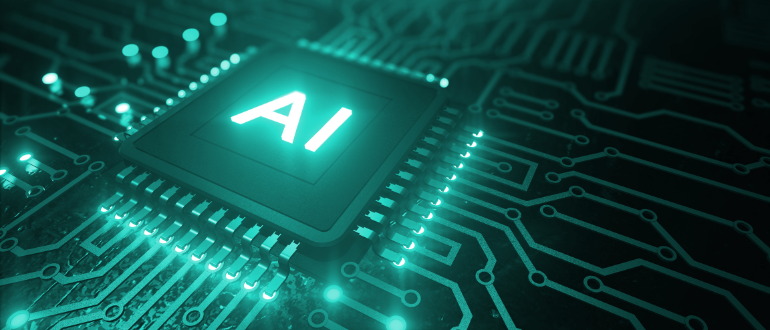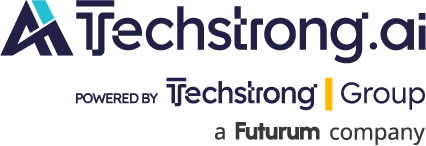
At the recent AI Infrastructure Field Day, Mirantis revealed a sobering truth: owning cutting-edge GPUs doesn’t automatically translate to cutting-edge profits. Their new solution, k0rdent, bridges the treacherous gap between million-dollar hardware investments and actual revenue generation—a chasm that has swallowed countless AI initiatives whole.
The Million-Dollar Hardware Trap
The AI gold rush has created a dangerous illusion. Organizations race to acquire the latest GPUs, believing that superior hardware guarantees competitive advantage. Yet reality paints a different picture: gleaming server farms filled with idle GPUs, burning through budgets while generating zero returns.
Mirantis has scrutinized this phenomenon, identifying three critical failure points that transform AI investments into expensive paperweights:
- The Multi-Tenant Mirage: Most AI solutions emerge from the lab as elegant single-tenant systems. But the business world demands multi-tenant environments to justify and share massive hardware investments across teams, departments, partners, and customers. The leap from proof-of-concept to production-ready, multi-tenant infrastructure often proves insurmountable—leaving organizations with powerful hardware that can only serve one customer at a time.
- The Talent Desert: While tech giants have poached the world’s AI infrastructure experts, most organizations operate in a knowledge vacuum. Leadership demands AI capabilities yesterday, but technical teams have no battle-tested playbooks to follow. The result? Expensive mistakes and endless delays.
- The Utilization Crisis: Every idle GPU represents money hemorrhaging from the balance sheet. Organizations desperately need integrated observability to understand where their resources disappear, plus consumer-grade user experiences with self-service portals and automated billing. Building these capabilities internally requires resources most companies simply don’t possess.
k0rdent: The Infrastructure That Actually Makes Money
Mirantis didn’t build another AI framework—the market has plenty of those. Instead, k0rdent functions as a sophisticated meta control plane that transforms GPU hardware into revenue-generating infrastructure which Mirantis calls a GPU cloud in a box. Think of it as the conductor of a complex AI orchestra, coordinating multiple clusters where artificial intelligence takes center stage.
The platform leverages Kubernetes as its foundation, implementing an operator model that treats infrastructure requirements as legally binding contracts. This creates a composable architecture where customers enhance their existing systems rather than scrapping millions in prior investments.
The Five Pillars of Profitable AI Infrastructure
Mirantis has distilled years of real-world AI deployment experience into five fundamental principles that separate successful implementations from expensive failures:
- Performance Is a Full-Stack Game
Here’s what nobody tells you about AI performance: the GPU is just one player on the team. High-speed RDMA networking, distributed storage, and physical component placement all determine whether your AI delivers breakthrough results or embarrassing failures.
When GPUs and network cards live on different PCIe or NUMA nodes, performance doesn’t just degrade—it collapses. k0rdent’s infrastructure layer eliminates these hidden performance killers automatically. The platform configures networking for both Ethernet and InfiniBand environments while using topology-aware placement to perfectly align CPU cores, GPUs, and network interfaces.
The result? Near-native performance in virtualized environments with less than 5% overhead—performance so good it’s virtually indistinguishable from bare metal.
- Multi-Tenancy Demands Surgical Precision
Different AI workloads require different security postures. High-performance training runs demand 100% utilization of dedicated hardware, while inference services can share resources cost-effectively without compromising performance.
k0rdent supports this entire spectrum through configurable virtual machines using KubeVirt, network isolation that extends to the DPU layer, and intelligent resource placement that prevents NUMA node conflicts between tenants. This surgical approach eliminates the crude workaround of deploying separate Kubernetes clusters for each customer—a practice that creates operational nightmares and wastes precious resources.
- Scale Demands Ruthless Automation
Managing thousands of AI infrastructure components manually isn’t just inefficient—it’s impossible. k0rdent employs declarative templates to define desired system states, then works continuously to maintain those configurations with machine-like precision.
This reconciliation process detects configuration drift instantly, either correcting problems automatically or alerting operators when human intervention becomes necessary. The system maintains consistency across massive deployments while enabling auto-recovery from failures—all while preventing unauthorized changes that could sabotage performance or security.
- Adaptability Prevents Technology Obsolescence
The AI landscape evolves at breakneck speed, with revolutionary technologies emerging monthly. Rigid, monolithic stacks create vendor dependencies that slowly strangle innovation capacity and competitive positioning.
k0rdent’s composable architecture empowers operators to integrate new training platforms, vector databases, or inference services into their service catalog without begging vendors for permission. Customers can swap storage providers, incorporate cutting-edge innovations as they emerge, and maintain competitive advantages as the market transforms around them.
- User Experience Determines Revenue Potential
Raw infrastructure access died with the mainframe era. Today’s users expect cloud-native experiences with self-service capabilities, transparent billing, and enterprise-grade reliability. k0rdent includes a sophisticated customer portal and Product Builder that uses intuitive, graph-based interfaces to design complex services from reusable components.
Service providers can create premium offerings that provision GPU-enabled clusters, send intelligent notifications, and integrate comprehensive monitoring dashboards—all without writing a single line of code. This dramatically reduces time-to-market for value-added services that command premium pricing and drive sustainable revenue growth.
From Cost Center to Revenue Engine
The journey from AI hardware investment to profitable AI services is littered with technical landmines and operational quicksand. Multi-tenancy requirements, performance optimization challenges, critical skills shortages, and escalating user experience expectations create formidable barriers that prevent organizations from monetizing their GPU investments.
Mirantis brings decades of large-scale cloud operations experience to bear on these challenges. k0rdent provides the infrastructure foundation that enables organizations to leap beyond basic AI deployment toward building and delivering sophisticated services that generate sustainable revenue streams.
By addressing the complete spectrum of AI infrastructure requirements through a composable, declarative platform, k0rdent liberates organizations to focus on their core AI capabilities rather than infrastructure firefighting. The result is dramatically faster time-to-market for AI services and significantly more efficient utilization of expensive GPU resources.
You can watch all of the Mirantis presentations on the Tech Field Day website.

